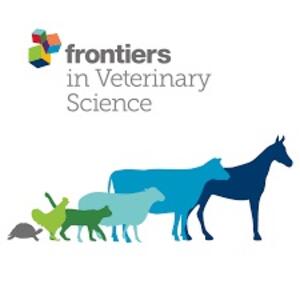
In urban environmental interfaces, humans, domestic animals, and wildlife interact creating disease emergence opportunities
Abstract
We live in a rapidly urbanizing world. Today, more than half of the human race lives in cities, and this number is set to continue increasing, as people migrate to urban areas in search of higher standards of living. Through pollination, seed dispersal, buffering against the invasion of exotic wildlife species, and improving human quality of life, the presence of wildlife can improve the health and livelihoods of people living in urban environments, bringing diversity to what risks becoming an anthropogenic monoculture. Livestock are also increasingly kept in urban environments—particularly in lower-middle income countries—as a result of growing demand for animal-sourced food products and as subsistence for the urban poor. However, careful planning is required to ensure that urbanization does not promote the transmission of diseases between wildlife, livestock, and people.
Citation
Hassell, J., Begon, M., Ward, M. and Fèvre, E. 2020. In urban environmental interfaces, humans, domestic animals, and wildlife interact creating disease emergence opportunities. IN: Tsing, A.L., Deger, J., Saxena, A.K. and Zhou, F. (eds), Feral Atlas: The More-Than-Human Anthropocene. Redwood City, California: Stanford University Press.










